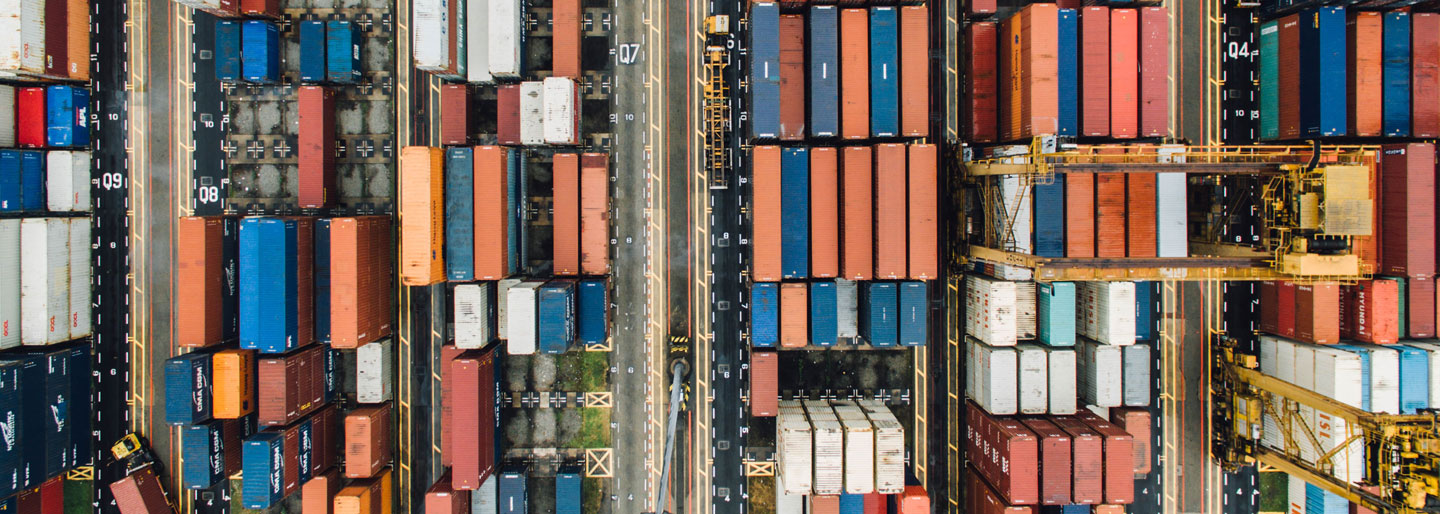It is always a shame when unexpected costs eat up what was supposed to have been profits. Therefore, we will show you how to calculate the total cost of importing, so you do not run into surprises along the way.
Purchasing the goods
Before you start to negotiate prices with your supplier, you should make sure that you both agree on the specific trading terms – also known as incoterms – that your goods are to be delivered on. When importing it would usually be EXW or FOB (read more about EXW and FOB trading terms here).
We often see that people close a deal without having agreed upon specific terms. When the goods are produced, all done, and ready to be shipped then problems arise. “Oh, you want it on FOB terms?”, the supplier says. “Sure, we can do it that way, but it will cost you $400 extra because of the added costs on our end of it”. This typically ends with you having to make a new wiretransfer to the supplier. It would have been good to have covered this upfront in order to have avoided the arguing, the disappointment, and the added cost at this stage in the process.
Transportation and the total cost of importing goods from abroad
The cost of the actual transportation is fairly simple to figure out. Are you searching for a transportation price here on the portal, and you know your trading terms like discussed above, you will get an all-in price. This price guarantees you no extra costs will be added.
If you choose to get a quote directly from a freight forwarder, you should very carefully read through your offer in order to make sure no extra costs will come along during the shipping process. If there are many lines in the offer, but different types of costs, then you have to be especially aware regarding which units the individual costs are calculated from. Often, we see a great deal of confusion in people when some costs are calculate on the basis of how many lines are in the customs papers, some costs calculated on the basis of the total weight and number of pallets, and some on the basis of how many documents there are. You also have to be especially on alert if there are described some exceptions in your quote, i.e. some costs or fees, which are not included in the original offer. This will often lead to surprises and disappointment during the process.

Costs for customs duty and VAT on the goods and on the transportation – within EU and across EU borders
Customs duty and VAT are the issues, which tricker the most questions and the most confusion. However, you will get quite far with some basic knowledge.
Customs duty first:
- Normally, there are not customs fees (duty) on the transportation or goods when transporting from one EU country to another EU country. However, there are some exceptions, e.g. when dealing with alcohol and tobacco goods.
- Usually, there are always customs duty on goods and the transportation itself when things cross the outer border of the EU, e.g. from China to UK or Norway to UK. The duty itself depends on the type of goods you are shipping and the country of production. On many types of goods the customs duty is 0%, but be aware because you always have to do a customs clearance although it is still set to 0%.
- In most cases it is the freight forwarder that handles the customs clearance of your goods. It is also included in the prices you find here on Transporteca. Just remember that ‘customs clearance’ means that the value of your goods is handed over to H.M.C.R. on your behalf. It does not mean that the freight forwarder is paying your customs duty for you – that you have to do yourself.
And now for the VAT:
- There is always VAT on both the goods you are importing and the transportation itself. The only variable is who is collecting it.
- If you are importing from another country in the EU, it is usually the freight forwarder who collects the VAT on the transportation. If you are acting as a business then you have to report the VAT on the goods yourself through your accounting department. If you are a private individual the seller has to collect foreign VAT from you when you purchase the goods.
- If you are importing goods from a country outside the EU, you are not charged VAT on the transportation by the freight forwarder. Instead, H.M.C.R. will collect VAT on both the goods and the transportation when the goods are going through customs.

Transportation insurance
It is always a good idea to buy a transportation insurance when you buy transportation. An insurance for standard cargo typically only costs 1% of the value of your goods and the transportation, although the price can vary from provider to provider, location to location, and depending on specific types of goods. You can read more about transportation insurance here.
Delivery access of the goods
Another aspect, which unfortunately often can create unforeseen surprises and add to the total cost of importing goods from abroad is access when the goods are delivered. There are usually two types of problems:
- The need for delivery with a lift
- Too little space for the truck
If you are shipping packages delivery is seldom a problem. Things below only apply to goods that are delivered on pallets.
If you do not own a forklift or a ramp designed for the purpose of loading and unloading of cargo, then you need to have your goods delivered with a truck that has a built in lift. If you are receiving goods from overseas by sea or air freight then this is rarely a problem because then your goods will normally be delivered from the local warehouse with a truck that has a lift.

If you are receiving goods from Europe, and here we are talking Europe in a broad sense and not just the EU, then your goods are usually transported via truck. If you have a bigger than average load coming (which is called a ‘part load’), or if you live close to the road the haul truck if coming from (in the industry it is called a ‘line haul truck’ or export truck), then the freight forwarder will often try to deliver your goods using this truck. This way the freight forwarder does not have to first bring your goods into the warehouse and then put it on a delivery truck to your address. If you have not previously told the forwarder that you need a delivery with a truck that has a lift you will be charged for an unsuccessful delivery attempt.
It is also your responsibility that the truck has the required space for it to turn and to get around corners when it is delivering your goods. If it has to leave because there is not enough space for it to get around, you will also be charged for an unsuccessful delivery attempt.
Get equipped to calculating the total cost of importing
We hope the above information makes you capable of calculating the total cost of importing goods from abroad. If you still have any questions, you are always more than welcome to contact us via chat, email, or phone.